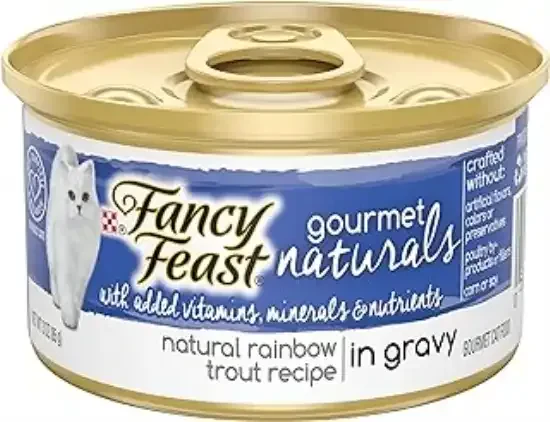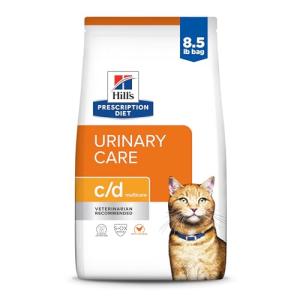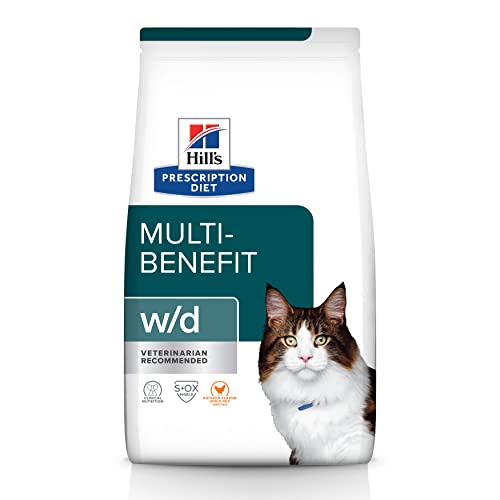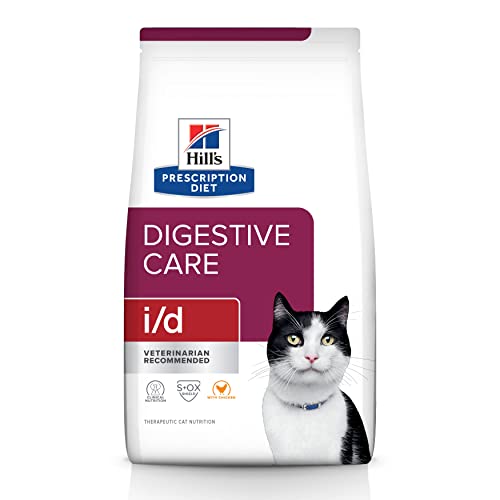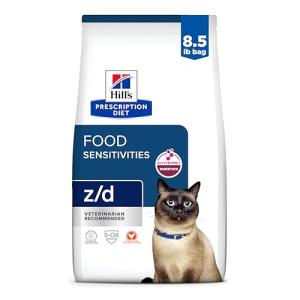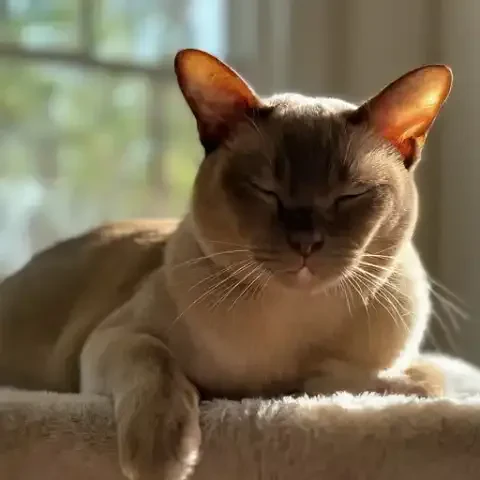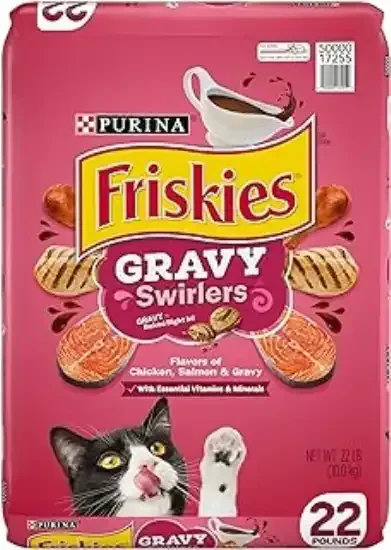That retching sound, usually in the pre-dawn hours, followed by the unmistakable…deposit. Every cat owner knows it, and every cat owner silently (or not so silently) dreads it: the hairball. It’s an unfortunate but common part of feline ownership, a messy and sometimes concerning consequence of our cats' meticulous grooming habits. While seemingly a minor inconvenience for us (carpet cleaning aside), for our cats, hairballs can represent more than just a passing unpleasantness.
To understand why hairballs happen, we need to delve into the fascinating world of feline self-grooming. Cats are fastidious groomers, spending a significant portion of their waking hours meticulously licking and cleaning their fur. This grooming is vital for maintaining a healthy coat, removing parasites, and regulating body temperature. However, their tongues are covered in tiny, backward-facing barbs, designed to efficiently collect loose fur. As they groom, they inevitably swallow a considerable amount of hair. In a healthy digestive system, most of this ingested hair passes through the gastrointestinal tract and is eliminated in the stool without incident. But sometimes, when an excessive amount of hair accumulates in the stomach, it can’t be properly digested or passed. This undigested hair, combined with food and digestive juices, forms a compacted mass – the dreaded hairball. The cat’s natural instinct is then to expel this indigestible clump, often with a characteristic retching and hacking sound that’s instantly recognizable (and rarely pleasant to witness, especially at 3 AM).
While occasional hairballs might seem like a normal part of cat ownership, frequent hairballs are not only messy for us but can be genuinely uncomfortable for our feline companions. The process of coughing up a hairball can be physically taxing, involving gagging, retching, and sometimes forceful vomiting. This can cause nausea, discomfort, and even anxiety in sensitive cats. Beyond the immediate unpleasantness, frequent hairballs can sometimes indicate underlying issues. In rare cases, large or compacted hairballs can potentially lead to intestinal blockages, a serious and potentially life-threatening condition requiring veterinary intervention. While complete blockages are uncommon, even partial obstructions can cause discomfort, vomiting, and require medical management. Furthermore, an increase in hairballs can sometimes be a subtle indicator of overgrooming. Cats may overgroom due to stress, anxiety, skin allergies, or other underlying medical conditions. If hairball frequency increases significantly, it’s worth considering whether there might be an underlying cause for increased grooming behavior.
Thankfully, managing hairballs is a common concern, and the pet food industry has responded with a variety of specialized diets formulated to help reduce their formation and frequency. Among these specialized diets, canned cat food, or wet food, emerges as a particularly beneficial option for hairball control. The higher moisture content, inherent palatability, and the potential to incorporate specific hairball-reducing ingredients make canned food a powerful tool in the fight against feline fur-balls. This article will delve into the advantages of choosing canned cat food for hairball control, guide you through the key ingredients to look for, and recommend some top canned food options designed to help your cat – and your carpets – breathe a little easier. We'll explore how making smart dietary choices, particularly with canned food, can contribute to smoother digestion, happier cats, and significantly fewer hairball surprises in your home.
So, why is canned food specifically advantageous when it comes to managing hairballs in cats? The answer lies in several key benefits inherent to wet food formulations, starting with its naturally higher moisture content. In the realm of hairball control, hydration is a hero. Wet cat food boasts a significantly higher moisture content, typically around 70-80%, compared to dry kibble, which averages around 10%. This increased moisture is naturally beneficial for digestion. It helps to keep the digestive tract well-lubricated and facilitates the smooth passage of ingested hair through the system. Think of it like a plumbing system – well-hydrated pipes are less likely to get clogged. By ensuring your cat is adequately hydrated, you’re naturally aiding their body’s ability to move hair through the digestive tract before it can accumulate and form a hairball.
Beyond hydration, canned food often shines in terms of palatability and ease of digestion. For many cats, especially those who are picky eaters or have more sensitive digestive systems, canned food is simply more appealing and easier to process than dry kibble. The softer texture and often more enticing aromas of wet food can encourage consistent consumption, ensuring your cat receives the benefits of hairball control ingredients consistently. Easier digestion means the digestive system is working efficiently, which can indirectly support coat health. A cat with a healthy digestive system is better able to absorb nutrients, contributing to a healthier coat and potentially reducing excessive shedding – and less shedding ultimately means less hair ingested during grooming, leading to fewer hairballs in the long run.
Many canned hairball control formulas are also specifically designed to incorporate ingredients known to aid in hairball passage. While we’ll delve into these specific ingredients in more detail shortly, it’s worth noting that canned food provides an ideal medium for incorporating beneficial components like increased fiber and natural lubricants in a palatable and digestible form. These added ingredients work synergistically with the inherent moisture content of wet food to further enhance hairball management.
Finally, consider the potential dehydration concerns associated with dry food-centric diets. Cats, as mentioned, have a naturally low thirst drive and may not always compensate for the lower moisture content of dry kibble by drinking enough water. Chronic low-level dehydration can exacerbate digestive issues and potentially worsen hairball problems. Switching to, or even just incorporating more, wet food into your cat’s diet is a proactive step in combating dehydration and promoting overall digestive health, which in turn can significantly contribute to hairball control. By choosing canned food, you’re not just providing targeted hairball management; you’re also contributing to your cat's overall hydration and digestive well-being, creating a holistic approach to feline health.
When selecting a canned cat food specifically designed for hairball control, understanding the key ingredients to look for can significantly enhance your choices. Increased fiber content is a cornerstone of most effective hairball control formulas. Specific types of fiber, such as beet pulp, psyllium, and various vegetable fibers, are commonly incorporated into these diets. These fibers act like “bulk” agents in the digestive tract. They add volume to the stool, which helps to gently “push” ingested hair through the intestines and out of the body more efficiently, preventing it from clumping together and forming hairballs in the stomach. It’s important to note that while increased fiber is beneficial, it’s about balance. Look for formulas that advertise “hairball control” with fiber sources listed, but avoid excessively high-fiber foods that could potentially cause digestive upset or reduced nutrient absorption in some cats. A “gentle” increase in fiber, specifically formulated for hairball management, is the goal.
Natural lubricants and moisture-enhancing ingredients play another crucial role. Healthy oils, such as fish oil, flaxseed oil, and vegetable oil, are often included in hairball control canned foods. These oils act as natural lubricants for the digestive tract. They essentially “coat” the ingested hair, making it slicker and easier to slide through the digestive system, minimizing the chance of clumping and hairball formation. Fish oil and flaxseed oil offer the added bonus of being rich in Omega-3 and Omega-6 fatty acids, which are beneficial for overall coat health. A healthy, well-hydrated coat tends to shed less excessively, further contributing to hairball reduction over time. Moisture-rich broths and gravies, common in many canned cat food formulations, are not just for palatability. They directly contribute to the high moisture content we’ve discussed, promoting hydration and aiding in the smooth passage of hair. These flavorful broths and gravies also enhance the overall appeal of the food, encouraging even finicky cats to eat and reap the hairball control benefits.
While specific hairball-fighting ingredients are important, don't overlook the foundation of overall good nutrition. Canned cat foods, even hairball control formulas, should still prioritize digestible protein and healthy fats as core components. Digestible protein sources ensure your cat is receiving the essential amino acids needed for muscle maintenance, organ function, and a healthy coat. Healthy fats provide energy and support overall cellular function. A food that is simply high in fiber but lacks in other essential nutrients won't contribute to long-term feline well-being. Look for hairball control canned foods that balance these targeted ingredients with a foundation of high-quality, balanced feline nutrition.
Finally, when scrutinizing ingredient lists, be mindful of ingredients to potentially avoid, or at least be aware of in excessive quantities. While fiber is a key component of hairball control, excessive fillers, lacking in nutritional value, are not desirable. While some plant-based fibers are beneficial, a food heavily loaded with fillers may compromise overall nutrient density. Focus on brands that use fiber sources strategically within a formula that’s still rich in animal protein and essential fats. While not directly related to hairballs themselves, it’s generally best to minimize artificial additives like artificial colors and flavors in any cat food. These offer no nutritional benefit and are unnecessary additions, especially when high-quality, palatable ingredients are available.
Now, armed with the knowledge of what makes canned food beneficial for hairball control and which ingredients to look for, let’s explore some top canned cat food options specifically formulated to tackle this common feline issue. In the premium and veterinarian-recommended category, brands like Hill's Science Diet and Royal Canin consistently earn high marks for their science-backed formulations and commitment to feline health. Brand Example 1, such as Hill's Science Diet Hairball Control Wet or Royal Canin Hairball Care Wet, represents this category well. These brands are often veterinarian recommended due to their rigorous research and development processes. Their hairball control formulas typically feature a balanced combination of increased fiber from sources like beet pulp and cellulose, along with healthy oils to lubricate the digestive tract. They prioritize high-quality, digestible protein sources and are formulated to be complete and balanced for adult cats, addressing hairball concerns without compromising overall nutrition. Another excellent premium option is Brand Example 2, such as Purina Pro Plan Hairball Formula Wet. Purina Pro Plan is another highly reputable brand, often recommended by vets, known for its commitment to research-backed nutrition. Their hairball control wet food formulas similarly focus on a good balance of fiber and moisture, often utilizing ingredients like psyllium and vegetable fiber, alongside omega-rich fish oils. They are generally known for good palatability, making them appealing to a wide range of cats.
Moving into more mid-range and accessible price points, you can still find effective canned hairball control options that offer a good balance of quality and affordability. Brand Example 3, such as Blue Buffalo Healthy Hairball Recipe Wet or Iams Proactive Health Hairball Care Wet, falls into this category. These brands are generally more accessible in terms of price and wider availability in pet stores. While perhaps not as intensely research-driven as the veterinary-specific brands, they still incorporate key hairball control ingredients like increased fiber and healthy oils into their formulations. They often use decent quality protein sources and offer a good balance for everyday feeding while targeting hairball reduction. For owners seeking more “natural” or limited ingredient approaches within hairball control canned foods, Brand Example 4 might be considered, if a reputable one exists and aligns with those preferences (further research needed to pinpoint a strong example in this niche). Such a brand might emphasize natural fiber sources, minimally processed ingredients, or limited ingredient lists designed to be gentle on sensitive systems while still effectively addressing hairball issues.
Regardless of the brand you choose, there are some important considerations to keep in mind when selecting a canned hairball control food for your individual cat. Palatability is paramount. Even the most nutritionally perfect hairball control food won’t work if your cat refuses to eat it. Consider your cat’s flavor and texture preferences. Does your cat prefer pate, morsels in gravy, or shredded textures? What protein flavors do they typically enjoy (chicken, fish, turkey, etc.)? Ingredient quality should still be a primary focus, even when choosing a hairball control formula. Don't sacrifice overall nutrition for just hairball control. Prioritize canned foods that still feature good quality protein sources, healthy fats, and essential vitamins and minerals, in addition to the hairball-specific ingredients. Finally, consider your price and budget. Hairball control canned foods are available across various price points. Balance effectiveness and ingredient quality with what fits comfortably within your budget.
While diet, and specifically canned hairball control food, plays a crucial role, a truly effective hairball management strategy is multi-pronged, extending beyond just the food bowl. Regular grooming is arguably the front line of defense against hairballs. Daily or frequent brushing is essential, especially for long-haired cats or heavy shedders. Brushing removes loose fur before your cat has a chance to ingest it during grooming, significantly reducing the amount of hair that ends up in their digestive tract. Experiment with different brush types – slicker brushes, de-shedding tools, grooming mitts – to find what your cat tolerates and what is most effective at removing loose fur.
Over-the-counter hairball remedies can be valuable supplementary tools. Hairball pastes or treats, often containing lubricants like mineral oil or petrolatum, can be given periodically to help ingested hair pass through the digestive system more easily. These remedies work by coating the hair and facilitating its movement through the intestines. However, they should be considered supplementary aids, not primary solutions, and shouldn’t replace a balanced diet or regular grooming. Hydration, as we’ve emphasized, is key for overall digestion and hairball passage, regardless of whether you feed wet or dry food. Ensure your cat always has access to fresh, clean water sources. Encourage water intake through water fountains, multiple water bowls placed around the house, or even adding a bit of water to their food (wet or dry).
If you suspect your cat is overgrooming, leading to an increase in hairballs, consider environmental enrichment and stress management strategies. Provide ample playtime, scratching posts, climbing structures, and safe, quiet spaces to reduce stress and anxiety, which can sometimes manifest as excessive grooming. Finally, knowing when to seek veterinary advice is crucial. While occasional hairballs are common, certain red flags warrant a veterinary visit. Frequent or excessive hairballs, despite dietary changes and hairball management strategies, should be checked out. Difficulty or painful vomiting or gagging, loss of appetite or unexplained weight loss, lethargy or changes in behavior, and constipation or diarrhea alongside hairballs are all warning signs that require veterinary attention to rule out underlying medical conditions and ensure proper diagnosis and treatment.
Choosing the right canned hairball control food for your cat is a personalized process. Start by considering your cat's individual needs – their age, health status, current diet, flavor preferences, and any known sensitivities. When introducing any new food, even within canned food types, transition gradually over 7-10 days to minimize digestive upset. Read labels carefully, compare ingredients between different hairball control canned food options, and leverage the knowledge you’ve gained to assess their quality and suitability. Acknowledge that finding the perfect food may involve some trial and error. Palatability is paramount, so be prepared to try a few different brands or flavors to find one your cat enjoys and that effectively reduces hairballs. And finally, never hesitate to consult your veterinarian. They are your best resource for personalized dietary advice, especially if your cat’s hairball issues are severe, persistent, or if they have any underlying health problems that may be contributing to the issue.
By embracing canned hairball control food as part of a comprehensive strategy, you can pave the way for smoother digestion and fewer hairball surprises. The higher moisture content, targeted ingredients, and inherent palatability of wet food offer a significant advantage in managing hairballs and supporting overall feline well-being. Remember, effective hairball management is a multi-pronged approach, encompassing diet, regular grooming, hydration, and sometimes supplementary remedies. Empower yourself with the knowledge to choose wisely, implement these strategies consistently, and you’ll be rewarded with happier, more comfortable cats and a cleaner, more peaceful home, free from the dreaded sound of the morning hairball.
